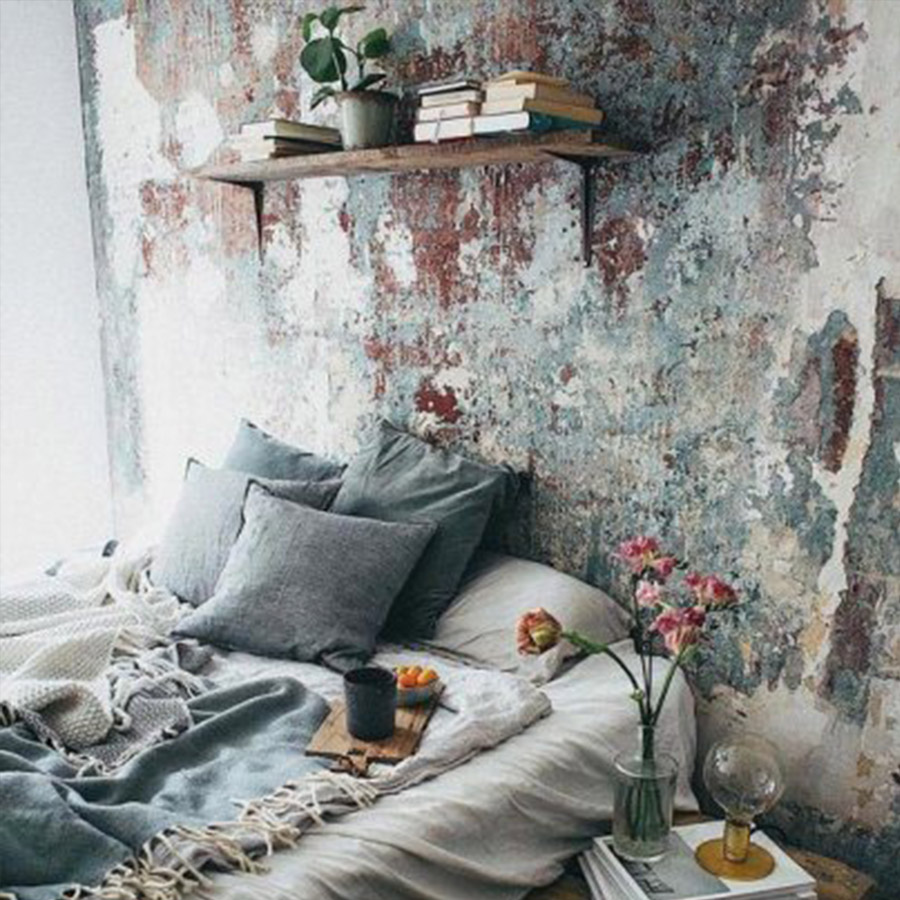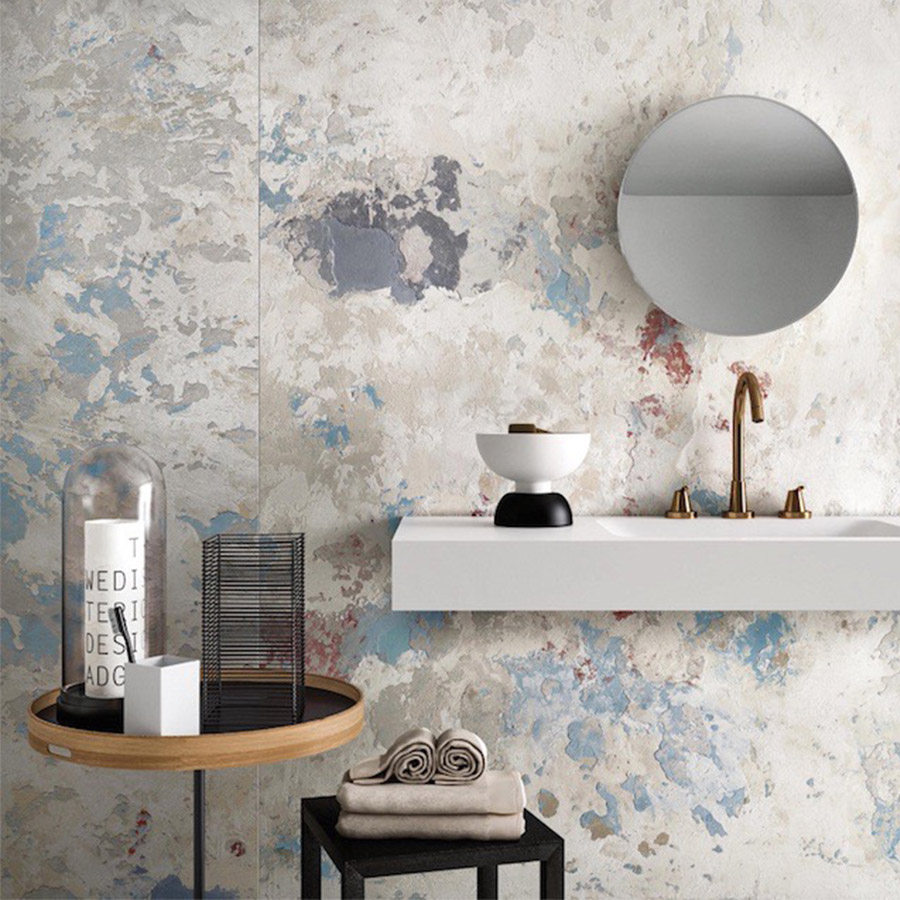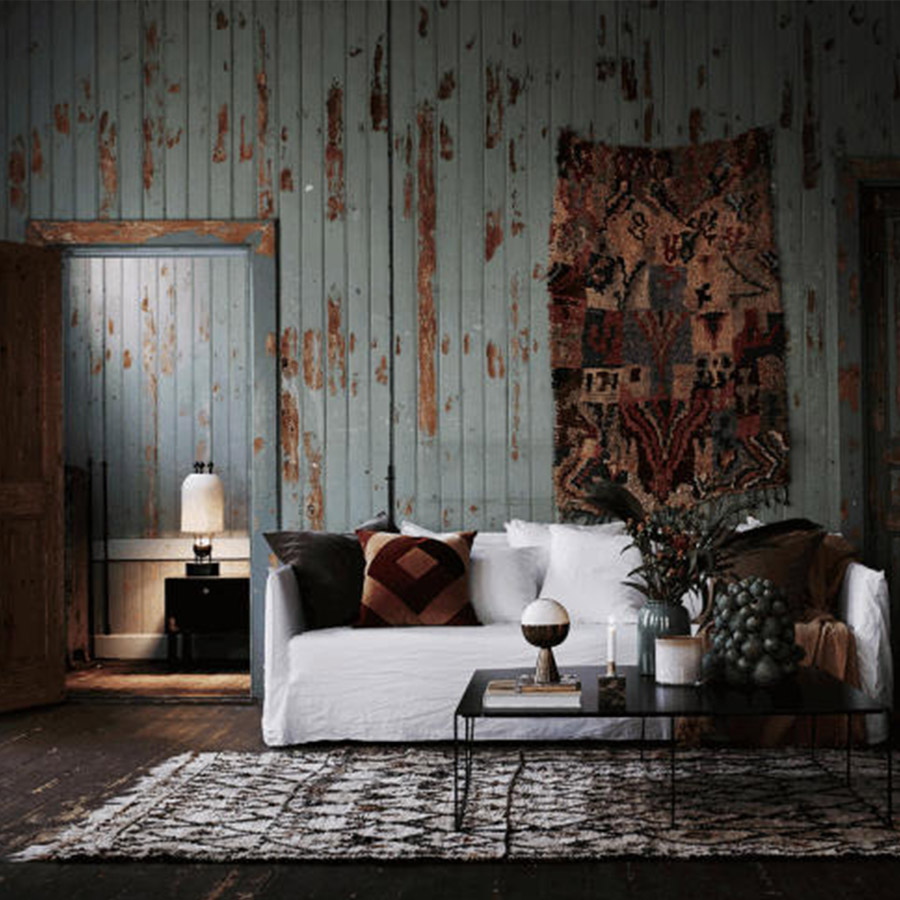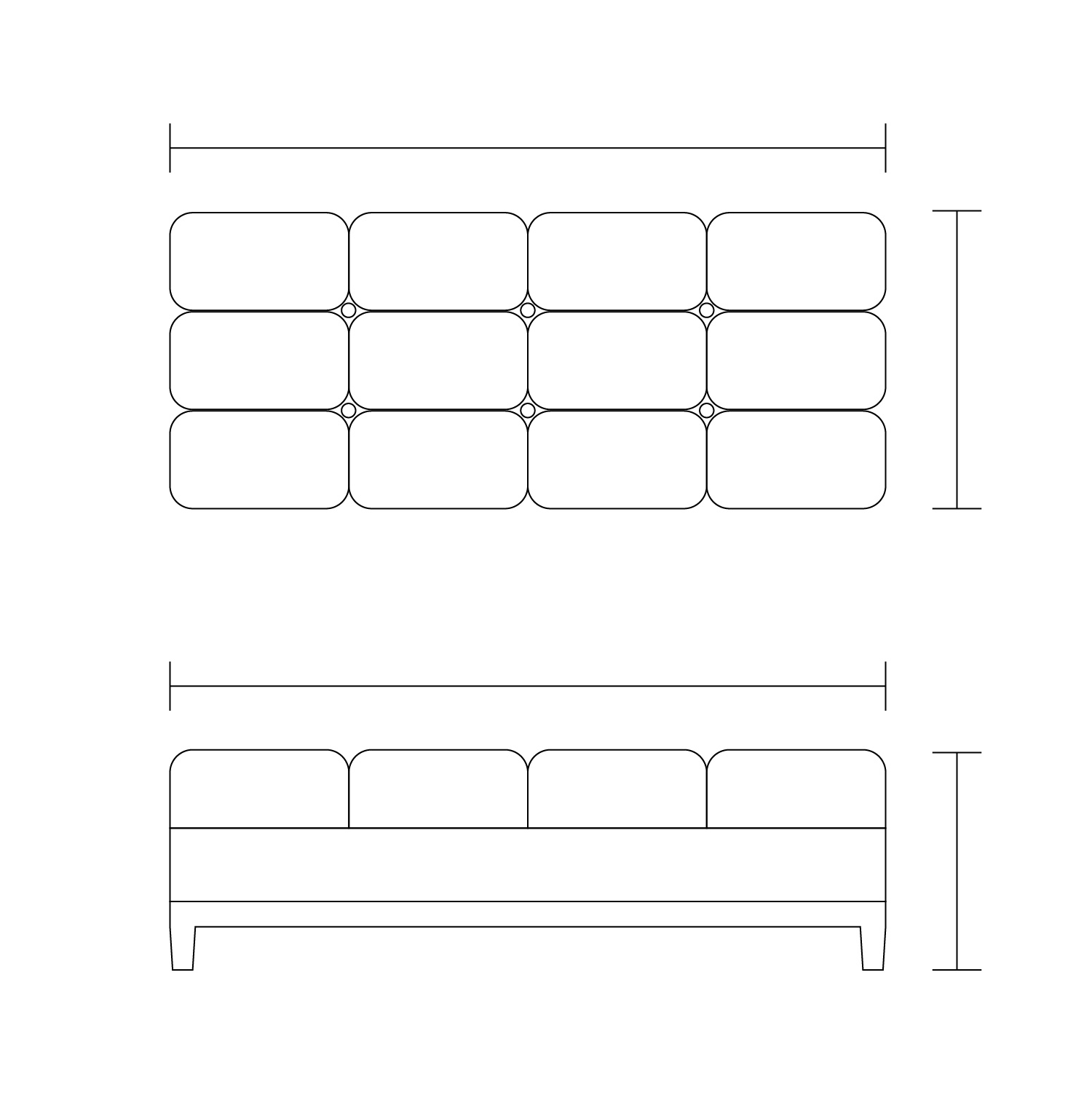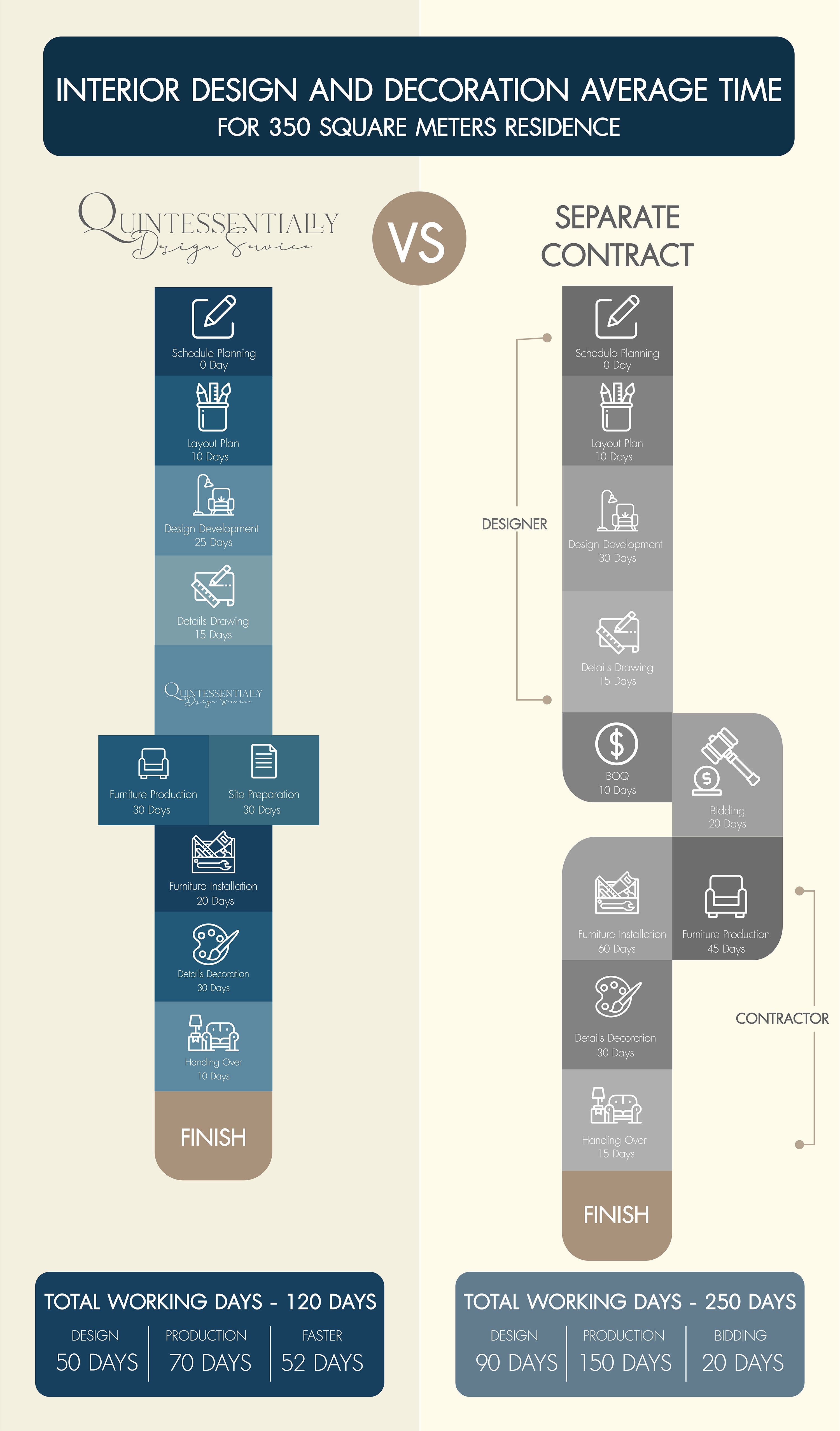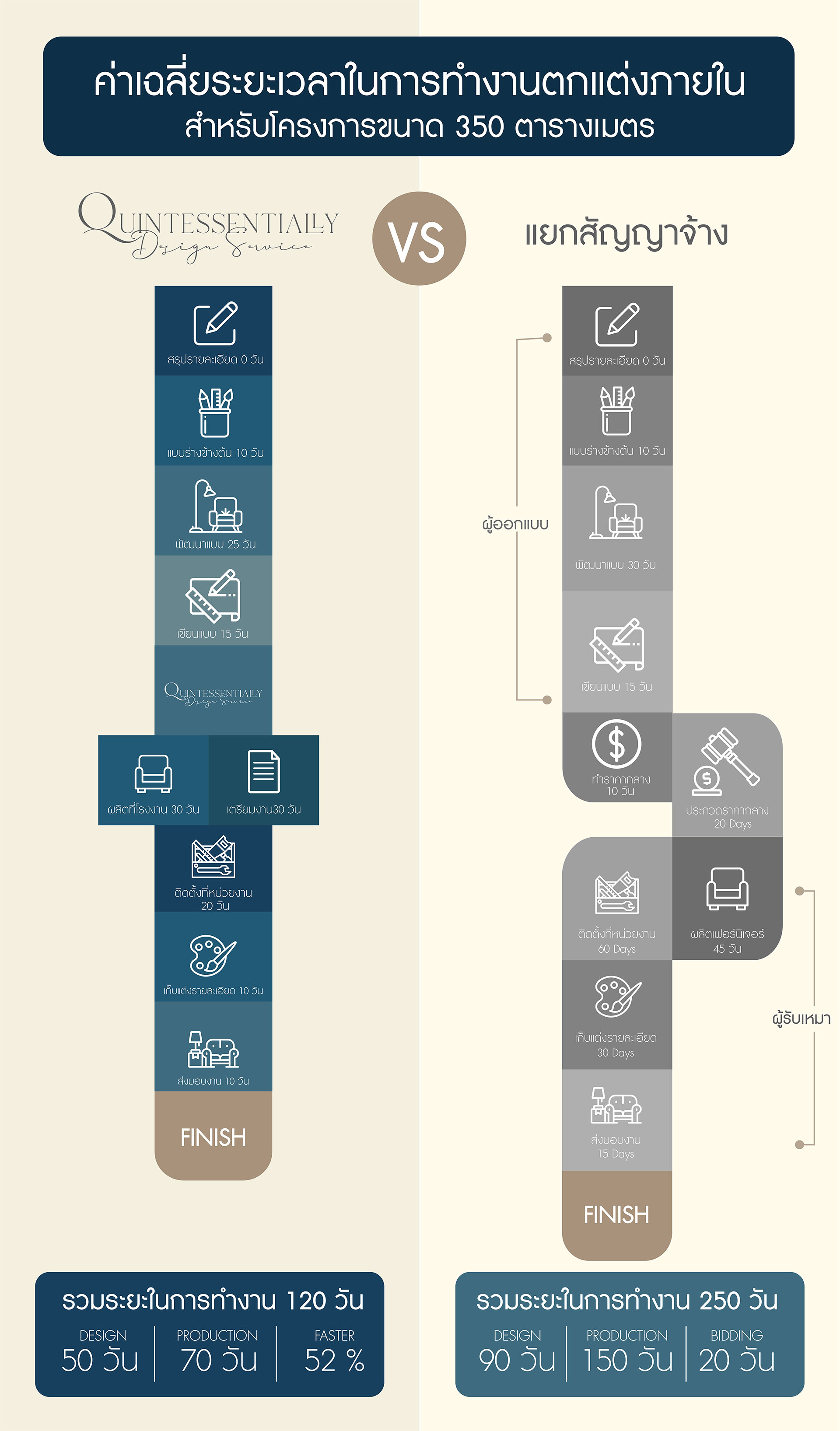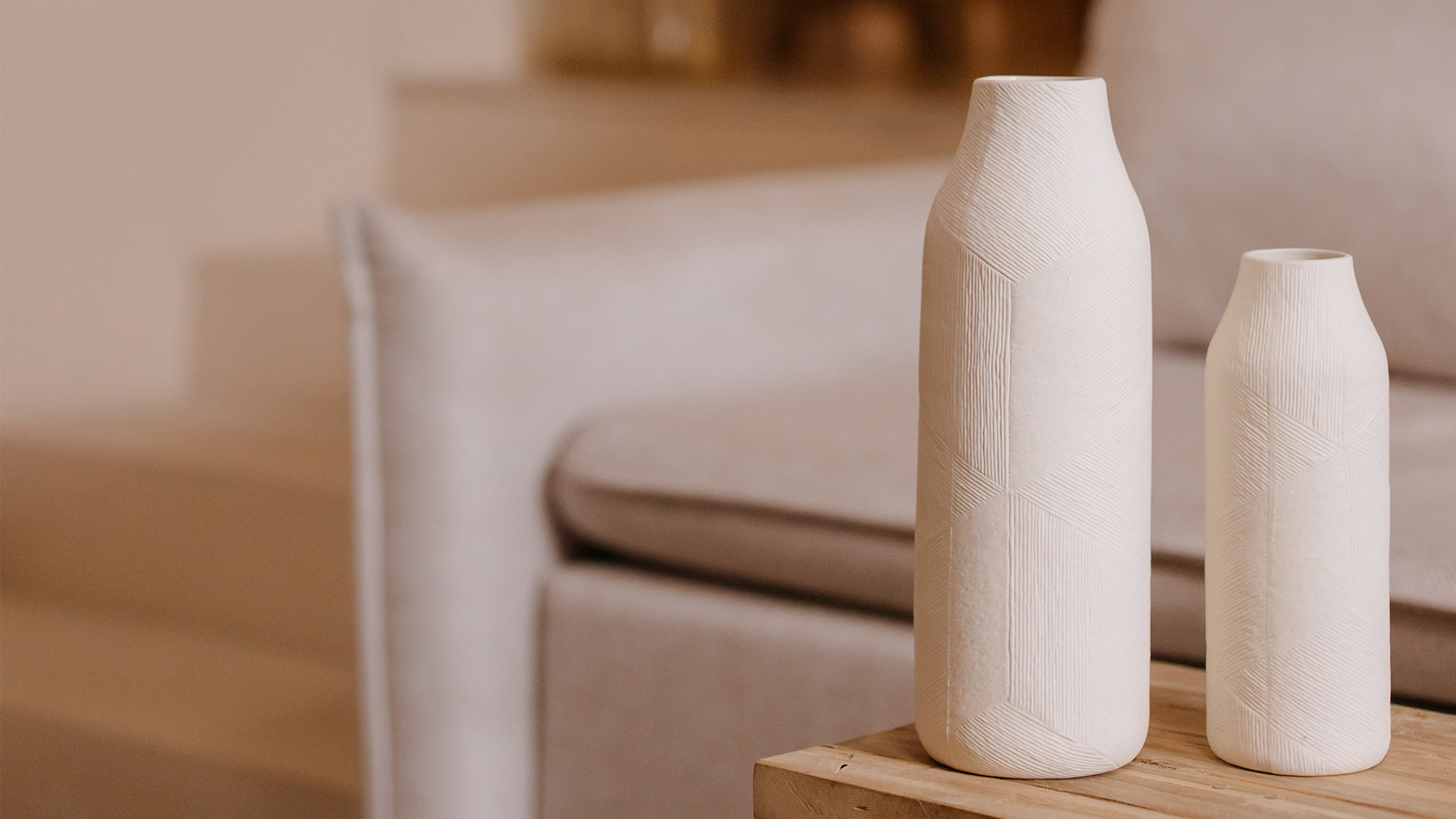
Wabi Sabi Decor :
Beauty of imperfection
| EN | TH |
Wabi-Sabi is a philosophy of living that is deeply embedded into the souls of the Japanese people. This concept essentially encourages us to find beauty in imperfection.
Wabi means living with simplicity and humility while connecting with nature.
Sabi is the ability to accept everything as it is despite its flaws.
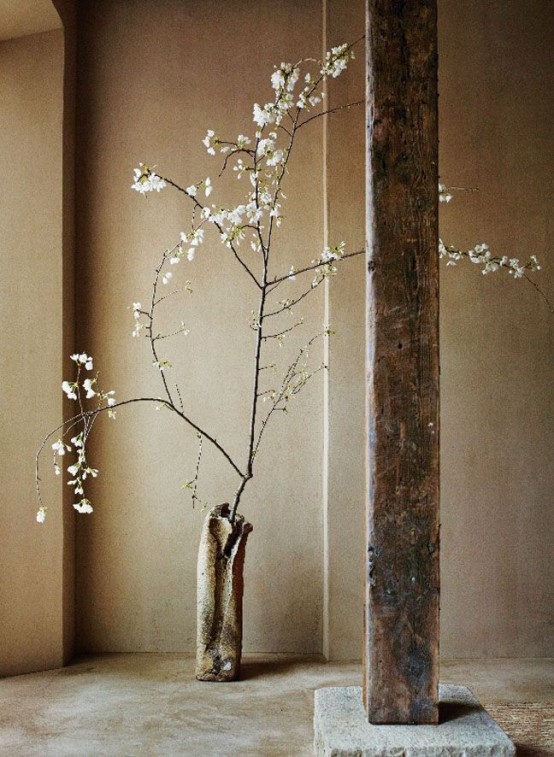
Cr. digsdigs
Highlights of loft style interior
In interior design, Wabi Sabi is all about finding aesthetic appeal in simplicity without clinging to the need for perfection. Wabi Sabi decor is all about authenticity and promoting a sense of tranquillity and peace in a space. This Japanese philosophy has gained a lot of popularity in recent years and is being adopted by people from all over the world. Instead of obsessing over acquiring a lot of materialistic things or trying to get every detail perfect, this concept encourages us to embrace imperfection and authenticity. In the chaotic world that we currently live in, this approach can be immensely healing.
Wabi Sabi is about admiring things with all their flaws and accepting the beautiful way in which they weather as times goes by. As people around the world were introduced to this concept, they realised how impressive and beneficial it is. People in western countries have been creating documentaries and writing books about Wabi Sabi to help people understand and adopt this way of living.
The Italian interior design company “italianbark.com” claimed Wabi Sabi to be one of the most popular interior trends of the year 2018. A lot of design work in recent years has been using Wabi Sabi as a source of inspiration. The Wabi Sabi style furniture that was used in Milan Design Week 2018 attracted a lot of attention as well. This concept has been adapted and used in harmony with other design styles like rustic design, minimal design, loft design, etc. The purpose of this article is to help readers understand the essence of Wabi Sabi and its ancient history. The aim is to pass on the inspiration from Wabi Sabi to generations down the line.
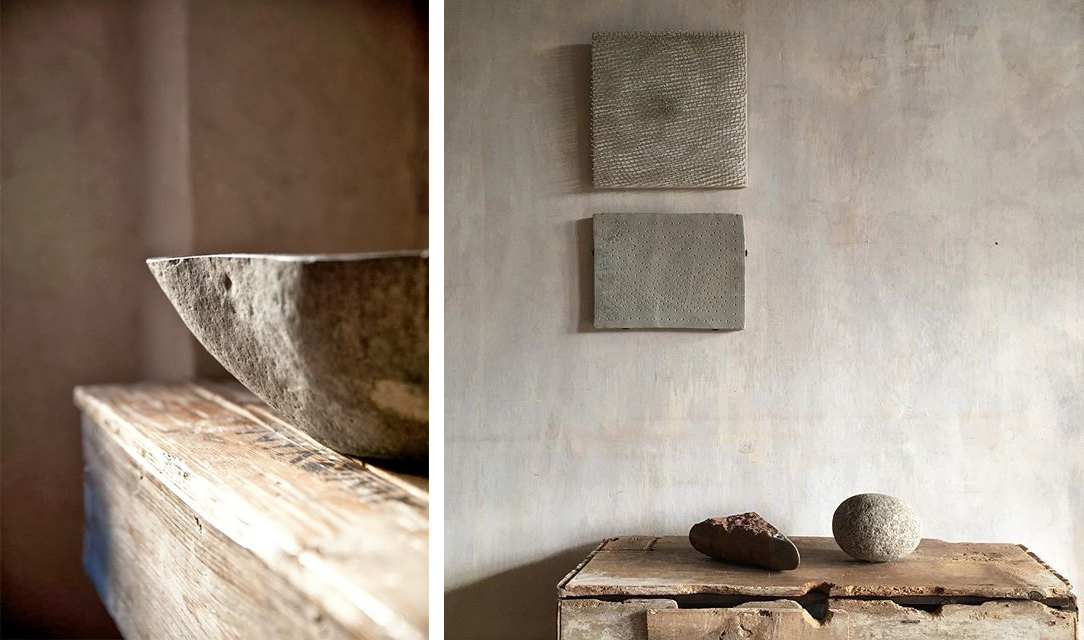
Cr. mammachecasa
Simplicity and beauty in Wabi Sabi
Daisetsu T. Suzuki (1870-1966) was a writer and Zen monk who wrote about the principles of Wabi Sabi in his book “Zen and Japanese Culture.” This book is one of the leading works of the twentieth century and has played a major role in explaining the evolution and influence of a Zen way of living.
It explains that Wabi is about having joy in your heart even in the midst of poverty. In some way, it encourages people not to get attached to the need for perfection. Conceptually, Wabi is the pleasure to enjoy the imperfection even amidst the poverty. This concept had been influenced from the truth that no one can have the perfect life all the time. When poor and lack of any profusion, man can have time to find out the inner beauty in the deficient and solitude.
According to Daisetsu T. Suzuki, Sabi is one of the main elements of the spiritual body in Zen. In Sanskrit, Sabi is synonymous with peace. In Buddhism, this term refers to Nirvana.
The Purpose of Wabi Sabi
When the concept of Wabi Sabi is used for creating aesthetically pleasing art, T. Suzuki emphasizes that the artwork must be able to “awaken” the mind and help the viewer approach spiritual awakening as they understand what true beauty is. The essence of imperfection and impermanence in the materials should bring peace and display beauty in imperfect simplicity.
Interestingly, Professor Timon Screech of Asian and African Studies at the University of London, concluded that the real essence of Wabi Sabi is in the three marks of existence taught by Buddha. This includes Annica (impermanence), Dukkha (suffering) and Anatta (non-self).
According to Professor Screech, the philosophy of Wabi Sabi is to live life while following these principles of Zen Buddhism. These principles of Buddhism are underlying in Wabi Sabi and anyone who can access this truth will understand Wabi Sabi. The passage of time is appreciated through things that get older. Not being attached to materialism helps in finding peace within one’s own heart. This way of living helps you appreciate the beauty of life even in turbulent times. Your mind will be at peace even when things around you are chaotic.
Wabi Sabi
Wabi Sabi is about aestheticism that is intertwined with the uncertainty of the universe. In Japanese, this is called mujō (無常). It is influenced by Zen Buddhism which is a core part of Japanese society.
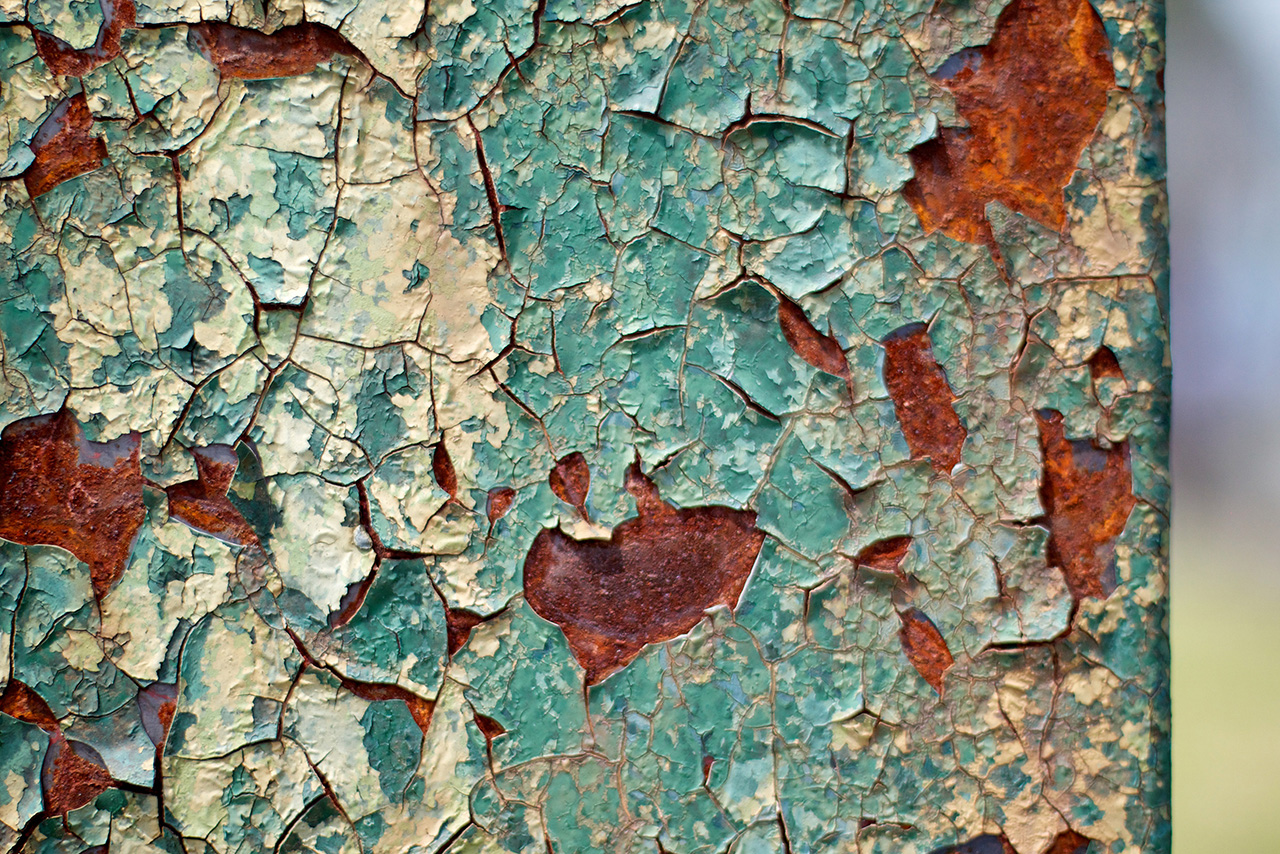
Cr. tofugu
Another concept called Mono no aware is also an important part of the Japanese way of living and it promotes the culture of appreciation. Mono no aware literally means empathy towards things and it refers to the transience of things or impermanence. The Japanese people believe that all things have feelings, whether it is a stone or a tree.
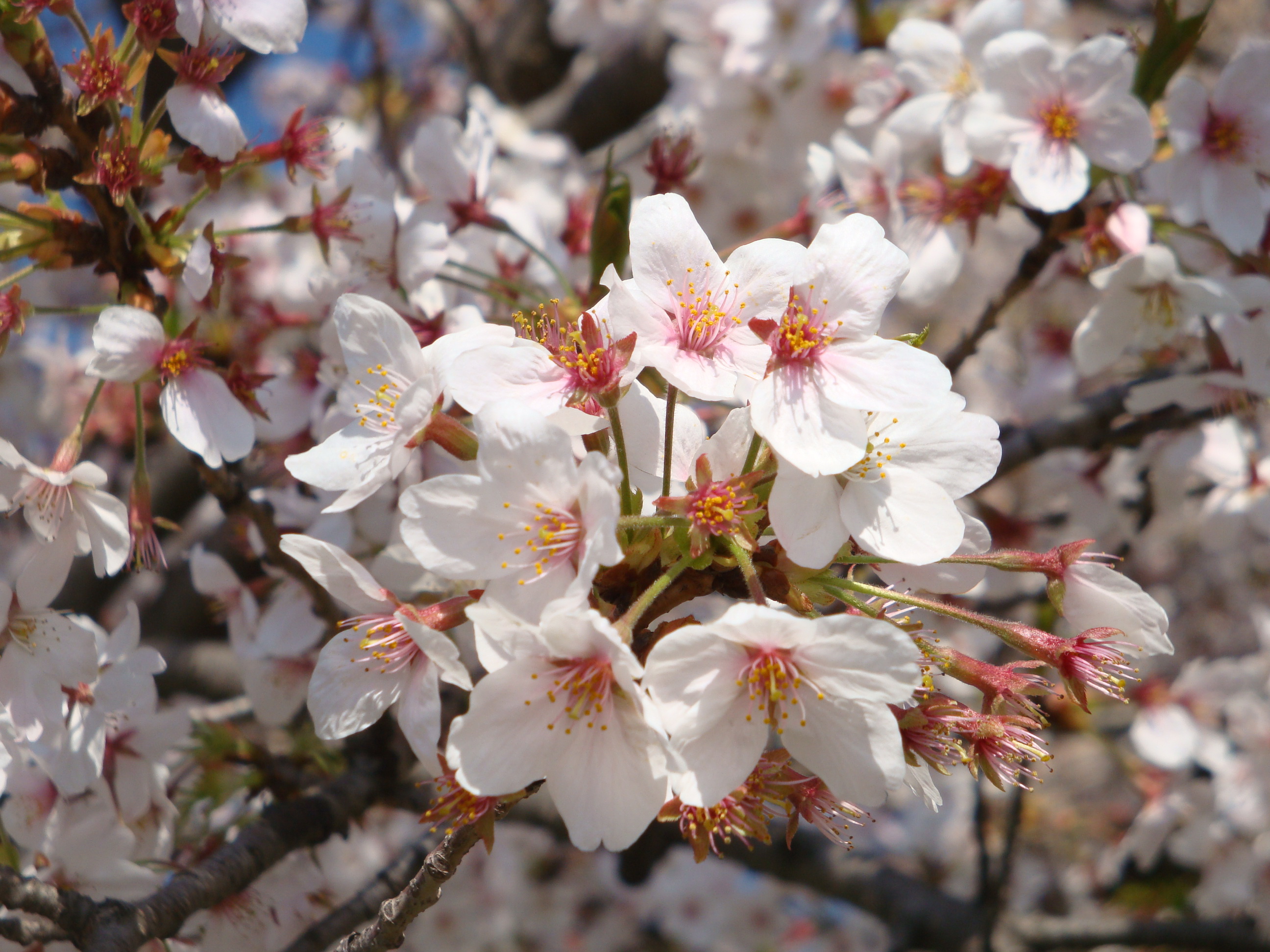
Photo By : Miss Vagabond
In Shinto Religion, the belief that everything in nature has life plays a crucial role. It is important to appreciate how things change as the season’s pass. Even while you appreciate this transition, there is a tinge of sadness at how humans cannot hold onto anything forever. This is why their culture encourages activities like Sakura watching. As they watch the Sakura and appreciate its beauty they also understand that the blooms are impermanent.
The essence of Wabi Sabi is thus a blend of Zen beliefs and Mono no aware, the appreciation of impermanence as life goes on. Wabi Sabi helps in awakening the mind and achieving serenity after understanding the uncertainty of things. Only then can one see the beauty in imperfection.
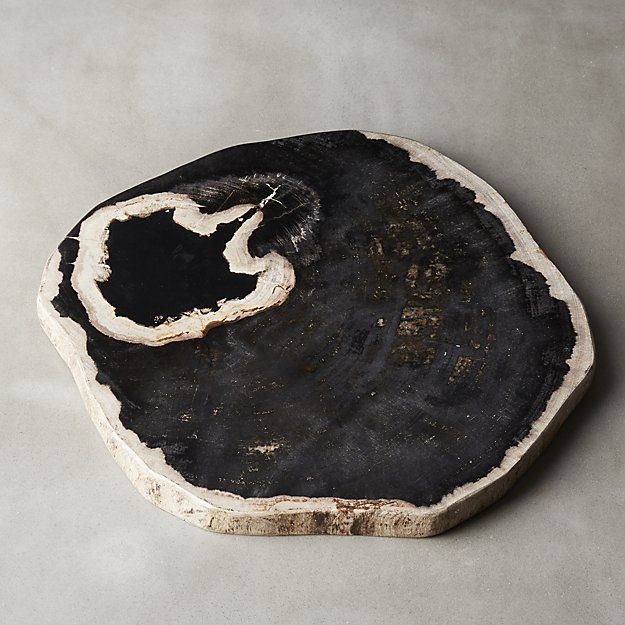
Cr. cb2
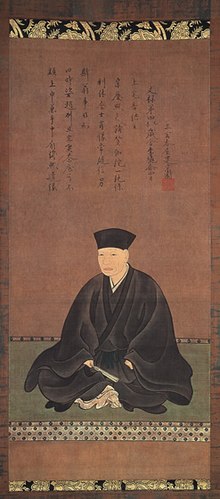
Sen no Rikyū
Cr. wikipedia
Realizing the Essence
If there is any situation that can help you to truly understand the essence of Wabi Sabi in a factual and vivid manner, it is the meeting of the tea brewing master Sen No Rikyū (1522-1591) and Lord Toyotomi Hideyoshi. Hideyoshi was a powerful general, statesman and feudal lord during the Sengoku era. He was born into a peasant family but became a samurai and soon an important Daimyo, honoured with the title Kampaku or King’s Regent.
According to the tale about their meeting, in the Azuchi-Momoyama period about 400 years ago, Hideyoshi was very obsessed with luxury. One day, he visited Rikyū’s tea house. He expected a grand welcome and that he would be served tea in a luxurious setting that befitted his position of King’s regent. Instead, Rikyū hosted a tea ceremony that displayed the serene elements of Wabi Sabi for him. The tea brewing ceremony was completely different from any of the luxurious ceremonies that Hideyoshi had ever attended. The walkway to the tea room, the garden without flowers, the utensils used and the overall environment of the tea house were all in contrast to the tea houses that royals or people from high society frequented.
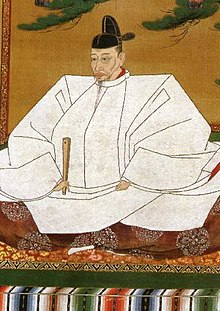
Toyotomi Hideyoshi
Cr. wikipedia
In the two-tatami-size tearoom (around 2.00 x 2.00 square meters) which had been simply built with wood and clay, all the things were old and weathered. The tea kettle that Rikyu used was also a simple iron one that had obviously been used for a long time. The tea ladle was made of bamboo and the dark teacup was a simple piece of pottery made by Tananka Chojiro. Rikyu had asked Chojiro to make a cup while following the principles of Wabi sabi. He wanted the beauty of the cup to be reflected from its imperfection. Chojiro was told not to smoothen out the rims of the cup and that the raw texture of the material should be felt when someone presses their lips onto the cup.
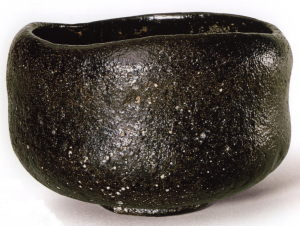
Cr. raku-yaki
Rikyu established the concept of Wabi Sabi to be the aesthetic ideal of the Japanese tea ceremony. Wabi is about deliberate simplicity in daily life and Sabi is about appreciating the old and faded.
Chojiro understood the core essence of Wabi and kept it in mind while working on his pottery. His teacup exuded the very essence of Wabi Sabi and is now known as the Raku styled cup. Some of his cups even show the indents or prints left by the potter’s hands.
The Raku cup is a creation of Chojiro and Rikyu that was aimed at allowing the tea drinker to experience serenity and simplicity as they drank from it. During the Azuchi Momoyama period, the tea ceremony which originated by Zen monks and became a part of Art and culture of Japan. It led to the creation of Cha-no-yu which was very popular amongst people from high society, businessmen and knights. Every tool or utensil used in this tea ceremony was brought from foreign lands. The teacups in particular were heavily decorated and a beautiful aspect of the ceremony that rich people revelled in.
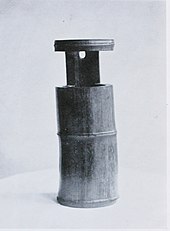
Rikyu Bamboo Vase
Cr. wikipedia
This lavish extravagance of tea ceremonies of the time is evident from the time Hideyoshi ordered Rikyu to build a tea room for welcoming Emperor Ogimachi-tenno (正親町天皇). He wanted the whole room to be plastered with gold. When Rikyu held the simple tea ceremony with the Raku teacup for Hideyoshi to make him realised that the true beauty of the ceremony was not dependent on such frivolous things.
Enlightenment of the mind
From the walkway thru the colorless garden to the tiny tearoom with simple and old utensils, single morning glory flower in the bamboo flask along with the unpolished and coarse teacups were the elements which Rikyu tends to make Hideyoshi to achieve the true beauty of life without any luxury and perfection. This meeting helped Hideyoshi understand and enjoy the essence of Wabi Sabi and was what led him to write a meaningful haiku at that time.
Wabi Sabi Decor
Anyone interested in Wabi Sabi can learn from the teachings of T.Suzuki, Rikyu and other western academics who have written on the subject. All of the guidelines mentioned here can be used to implement Wabi Sabi decor in your home. Rikyu emphasized the tangible imperfect essence of Wabi Sabi and this can be adapted in decorating a house in many ways.
Finishings that demonstrate the withering that comes with time
Cr. italianbark / artilleriet / shinteriors
It includes the use of cement, weathered wood or brick walls where the natural surface of these materials is visible. Flowers or twigs can be placed in vases and be left to wither. To symbolize the impermanence of nature. Choosing vases or pots in certain imperfect shapes and finishings is also important. They should be simple and emphasize the natural beauty of the plants or flowers placed in them.
Ambience
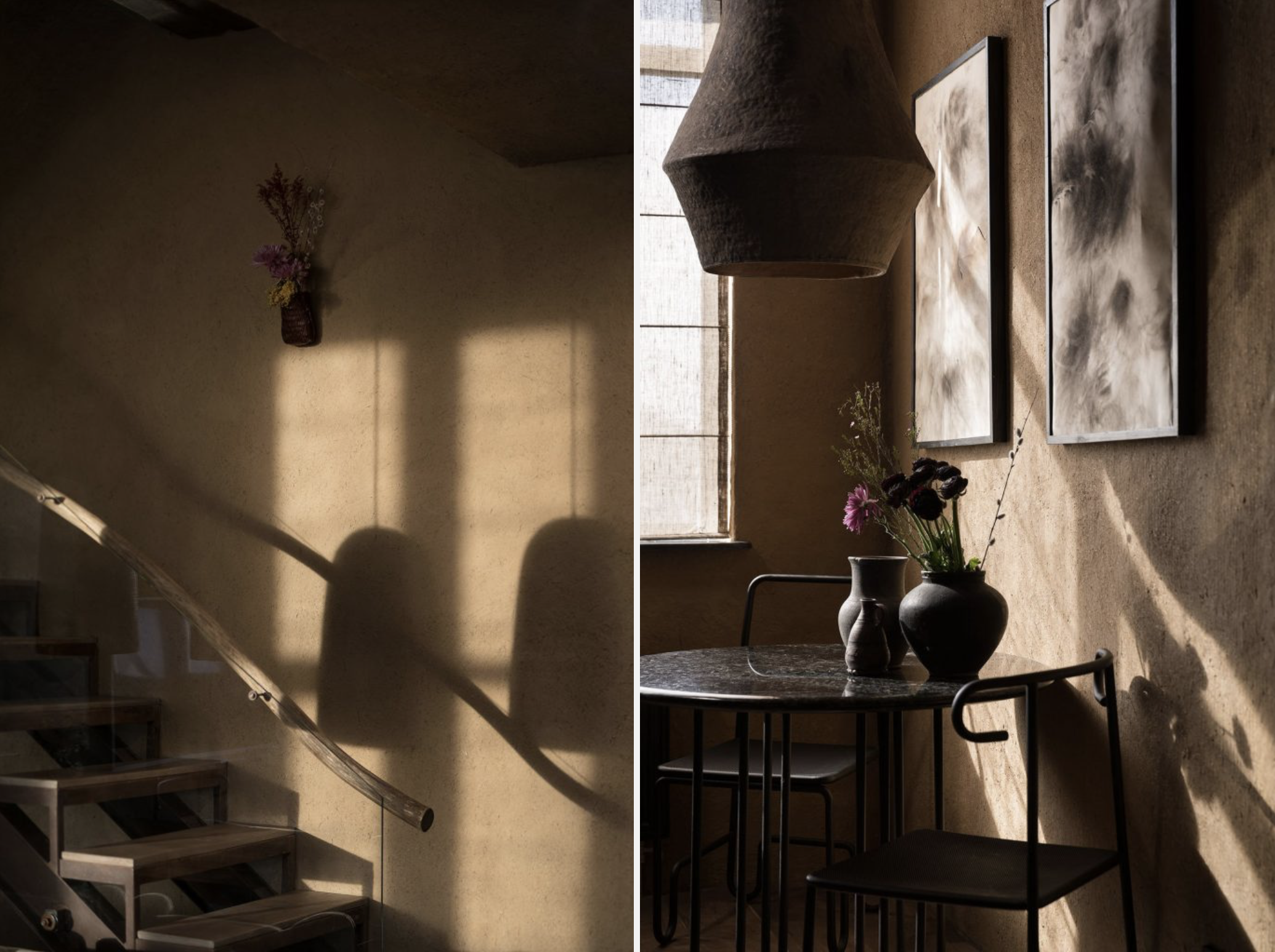
Cr. yatzer
Dim lighting allows you to create a peaceful space. It is also a way to create a “void” or quiet space somewhere in the house meant solely for meditation. Since Wabi Sabi is closely intertwined with Zen, it gives importance to creating a space where you can meditate and work on achieving mental peace.
Cleanliness is another important factor in Wabi Sabi. Although old, weathered or worn things can be used, but the cleanliness must be kept. Like keeping the clean mind, “cleaning without dust” is one of the essence in Rikyu’s teaching about the Wabi. This teaching had been recorded by one of Rikyu’s students.
Cleanliness is another important factor in Wabi Sabi. Although old, weathered or worn things can be used, but the cleanliness must be kept. Like keeping the clean mind, “cleaning without dust” is one of the essence in Rikyu’s teaching about the Wabi. This teaching had been recorded by one of Rikyu’s students.
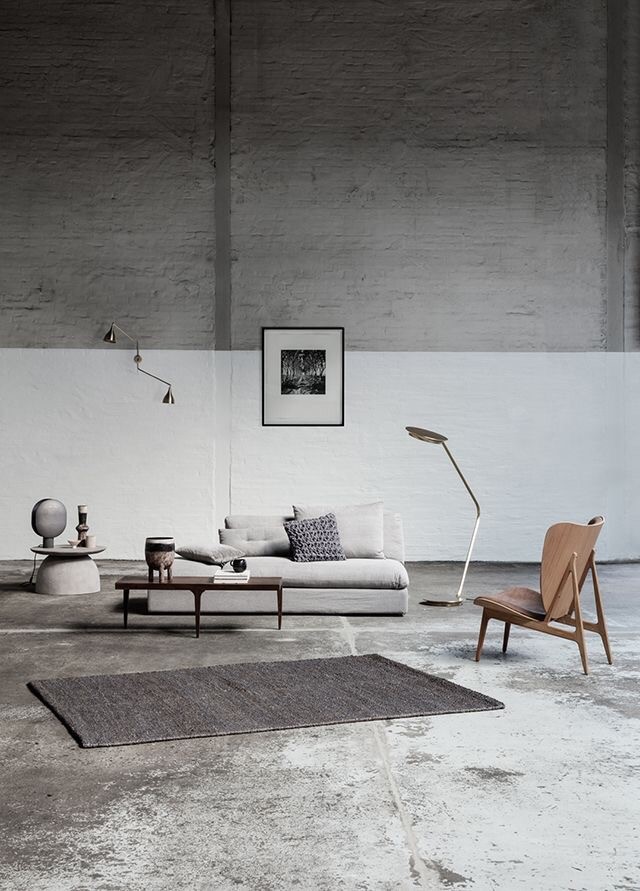
Cr. 101 Copenhagen
Lastly, it is important to remember that the essence of Wabi Sabi Decor is that it emphasizes the beauty of simplicity and raw materials. There is no need for perfection in this decor style and the furniture used should primarily be made of natural materials like wood. Natural elements like cotton and woven fabric can be applied. Even the utensils used should reflect a connection to nature. Wood or stone pottery is a great option. Simple ceramics that are not beautiful in the customary sense are also a part of Wabi Sabi decor.
When you truly acquire an understanding of the concept of Wabi Sabi Decor , you can adapt it into your decor style as well. You can look around your house for some old decor pieces and place them according to the guidelines mentioned earlier. You don’t have to spend any money to create a serene Wabi Sabi aesthetic in your house.
NOTES:
Chojiro Tananka was one of the founders of Raku Ware which is considered an example of the true essence of simplicity. He was a second-generation son of the Tanaka family of potters who have passed down their unique pottery technique “Raku” from generation to generation. Tea master Sen No Rikyu started teaching his technique to Chojiro when he was a roof tiler at the palace of Hideyoshi Toyotomi. Raku tea cups are shaped by hand, burned with low heat and turn black when they are enameled with iron. These cups are then called Okuro. But if they are enamelled with white solution, they turn reddish or to an oxidised colour. The teacups that Rikyu taught Chojiro to make for tea brewing ceremonies were all in the black Okuro style.
Chojiro passed away in 1589 but his pottery technique that followed the principle of Wabi Sabi is still carried on and is what sets Sen No Rikyu teacups apart. The method of making these teacups has evolved a little but the simple essence of beauty in these ceramics is still vividly visible.
If you like to read more article like this ‘ Wabi Sabi Decor ‘ article, please feel free to visit our main homepage to see most recent article, or visit ‘article’ at the heading tab to see articles by categories. We update the article regularly on the 5th and 20th of every month.
And if you would like to contact us, don’t hesitate to find us at Facebook page Design by Bareo.




